This post may contain affiliate links. Please read our disclosure policy.
How to make delicious, soft homemade Cream Cheese using a super-simple method and 3 ingredients you probably already have in your kitchen
If I’d know how simple it was to make DIY cream cheese, I would have been making it months (if not years!) ago. Somehow I’ve managed to go through DIY’s for DIY Homemade Ricotta Cheese and DIY: Homemade Herb Butter ( Compound butter) without trying this simple cream cheese method, which is actually a bit of in-between method of both of them.
In fact, I’m still being surprised at just how many ingredients you can make/get from a single dairy product. Cream cheese, cheese, butter, buttermilk, whey and more.
Smooth and creamy soft cheese only requires three ingredients, that you probably already have; Whole Milk, Lemon Juice and Salt. It can also be customised in any way you’d like – with herbs, pepper, sweet chilli, etc or used for a variety of sweet or savoury purposes.
You are able to experiment with the milk used as well: Combining milk and cream in equal parts instead of just using milk, or even using heavy cream alone. Obviously the more cream you use, the richer and ‘creamier’ your final product. However, it would also up the fat levels.
I thought I’d keep things super simple for the first time trying homemade cream cheese and I loved it so much that I didn’t feel the need to complicate or change the recipe in any way.
I have seen recipes for cream cheese using liquid rennet, a cheese culture/starter and more potentially confusing and unobtainable ingredients and that is definitely not ‘my jam’. This is a recipe anyone can do and then can go crazy experimenting with, if desired.
Why make your own cream cheese?
I know that’s probably a question that some of you are asking, and I actually have the perfect answer. Because homemade cream cheese is SO much better – and I’m not just saying that.
I’m not just talking about taste and texture either. Now, obviously I haven’t tried EVERY cream cheese out there – but last time I was at the store I decided to have a look at the ingredients list of some of the biggest brands of cream cheese here in the UK.
What I found was ‘E’ ingredients, gums and thickeners including the controversial carrageenan! Homemade cream cheese simply uses lemon juice, milk and salt and is still wonderfully smooth and creamy.
How to Make Cream Cheese:
As I said above, the method for making cream cheese is actually very similar to making ricotta; Heat your milk, add a coagulant, leave to curdle, drain and blend!
Okay, there’s a little more to it than that, but you get the gist.
What’s needed:
- full-fat milk – it’s important to use full-fat milk because of its fat content.
- lemon
- salt
- optional add-ons – dried herbs, garlic powder, dried chillies
Note* You could alternatively use half whole milk and half heavy cream OR completely use whole cream for soft cheese that is richer/creamier (but with a higher fat content)
You will also need a cheesecloth or a fine-mesh sieve
The Steps:
Begin by pouring the milk in a saucepan. Heat the milk and bring it to boil over medium-high heat.
As soon as it boils, add the lemon juice and then turn off the heat.
Set aside for a few minutes while the milk curdles. You’ll notice curds forming and a yellow-ish liquid being left behind.
Within a few minutes, all of your curds should have formed. Pour the curdled milk through a cheesecloth and a sieve to strain all the liquid whey.
Alternatively, you can use a slotted spoon to scoop out all the curdles, while leaving the liquid whey in the pot.
Note* This leftover whey can then be used in a variety of ways. I’ve talked about this more in my DIY How To Make Paneer At Home post.
Rinse the curdled milk with cold water by pouring the water over the sieve. This will help to get rid of any extra whey, clinging to the curds.
Squeeze the curdled milk as much as possible to drain any last drop of the liquid whey.
Put the strained milk into a food processor/blender and add the salt.
Within 1-2 minutes (this may vary, depending on how powerful your machine is) you’ll have a light and fluffy cream cheese.
If you want to add any additional herbs/flavourings, then do that now too. Be warned though as certain additional ingredients will affect the shelf-life of the cheese. I like dried herbs and garlic powder as natural flavourings that don’t affect the shelf life too much.
Store the cream cheese in an air-tight container in the fridge for up to 7 days. You can freeze cream cheese, but the texture upon thawing is more crumbly and is best used when you’re cooking it into something like a dip or sauce.
How to eat it?
Once your cheese is ready, then it can be used the same way you would with the store-bought version:
- Spread over a bagel, toast or sandwich
- Added to pasta and other sauces for a delicious creamy twist.
- Blended into a delicious cream cheese frosting (like for this gluten-free banana bread or a carrot cake) or for a cheesecake
- It’s delicious when added to soups and dips, too – like this Moutabal Aubergine Dip
- Spread in pastries, like this Ricotta & Spinach pie
- As a filling or topping for french toast and pancakes (served along with a berry compote)
And a bazillion (the technical term, of course) other ways.
The Homemade Cream Cheese Recipe:
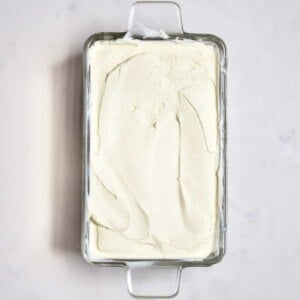
Simple Creamy Homemade Cream Cheese
Equipment
Ingredients
- 8 cups full-fat milk (whole milk) - best raw or pasteurized, but not UHT
- 5 Tbsp lemon juice or 1 large lemon
- 1/2 tsp salt or more to taste
Optional Flavoring Add-ons
- pinch of dried herbs garlic powder, dried chillies, etc
Instructions
- Begin by pouring the milk in a saucepan. Heat the milk and bring it to boil over medium-high heat.
- As soon as it boils, add the lemon juice and then turn off the heat.
- Set aside for a few minutes while the milk curdles. You'll notice curds forming and a yellow-ish liquid being left behind.
- Within a few minutes, all of your curds should have formed. Pour the curdled milk through a cheesecloth and a sieve to strain all the liquid whey. Alternatively, you can use a slotted spoon to scoop out all the curdles, while leaving the liquid whey* in the pot.
- Rinse the curds with cold water. This will help to get rid of any extra whey, clinging to the curds.
- Squeeze the curdled milk as much as possible to drain any last drop of the liquid whey.
- Put the strained milk into a food processor/blender and add the salt. Within 1-2 minutes ( this may vary depending on how powerful your machine is) you'll have a light and fluffy cream cheese.
- If you want to add any additional herbs/flavourings then do that now too. Be warned though as certain additional ingredients will affect the shelf-life of the cheese. I like dried herbs and garlic powder as natural flavourings that don't affect the shelf life too much.
Store the cream cheese in an air-tight container in the fridge for up to 7 days. You can freeze cream cheese, but the texture upon thawing is more crumbly and is best used where you're cooking it into something like a dip or sauce.
Video
Notes
- The leftover whey can then be used in a variety of ways. I've talked about this more in my DIY How To Make Paneer At Home post.
- Instead of just whole milk, you could use a 1:1 ration of whole milk and heavy cream or even JUST heavy cream for creamier cheese. However, this will also affect the fat content.
Nutrition
Nutrition information is automatically calculated, so should only be used as an approximation.
Other DIY recipes You May Be Interested In:
If it’s DIY’s you’re looking for, then it’s DIY’s you’ve found. I’ve practically got them coming out of my ears. Here is a list of other dairy-based DIYs you may like though.
- DIY Homemade Ricotta Cheese
- Simple Rainbow Goat Cheese Rolls
- DIY How To Make Paneer At Home
- DIY: Homemade Herb Butter ( Compound butter)
- HOW-TO: DIY HOMEMADE NATURAL YOGURT
Vegan Options:
If you’re dairy-free or vegan (or just curious), then you might like these DIYs instead.


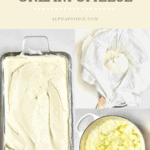
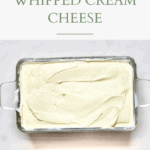
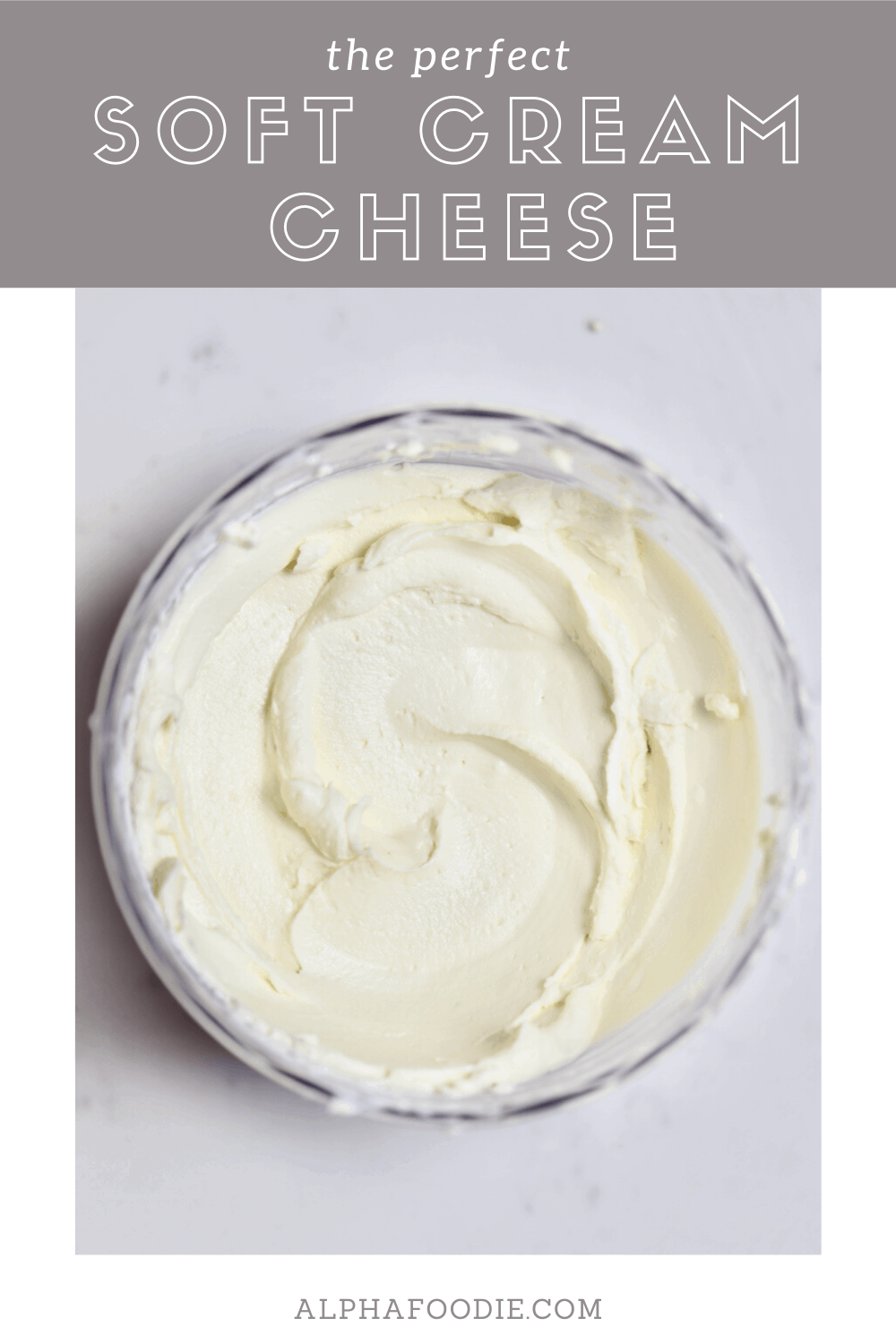
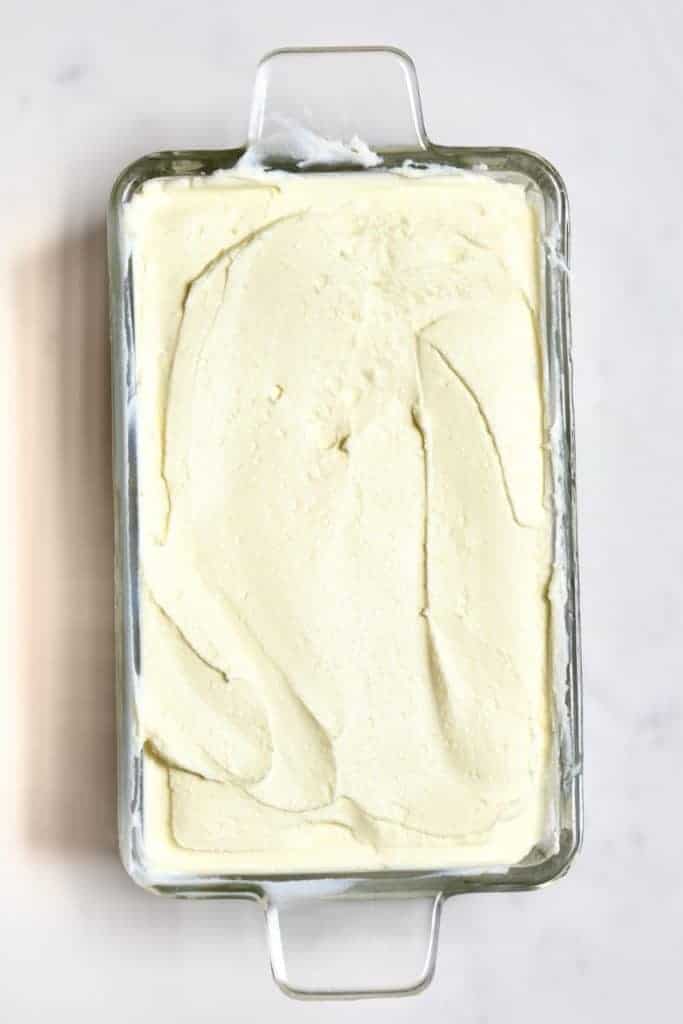
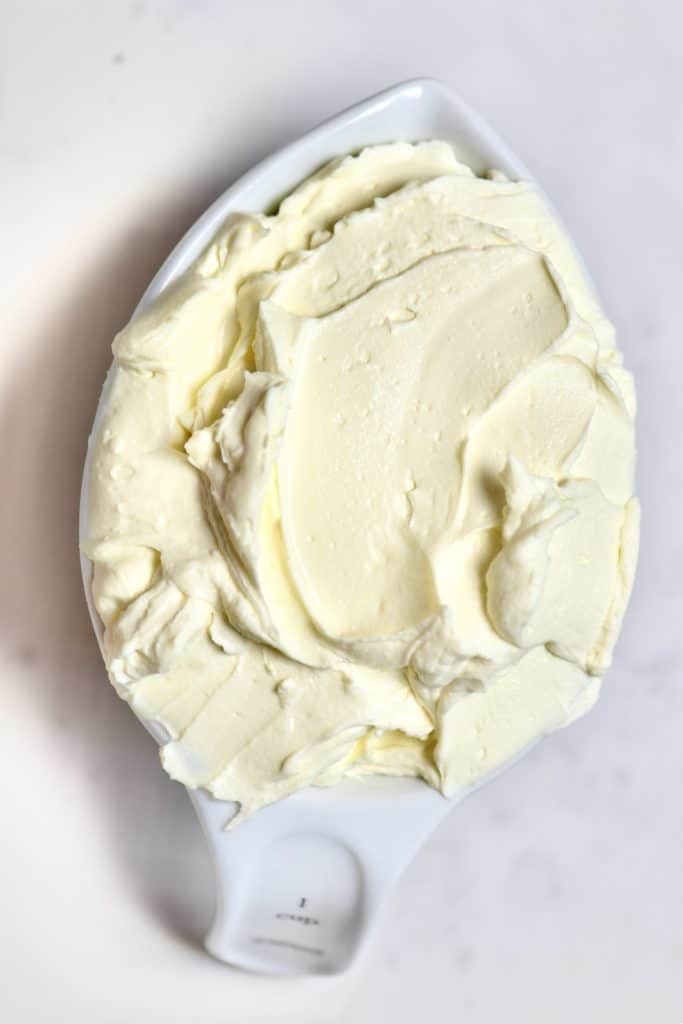
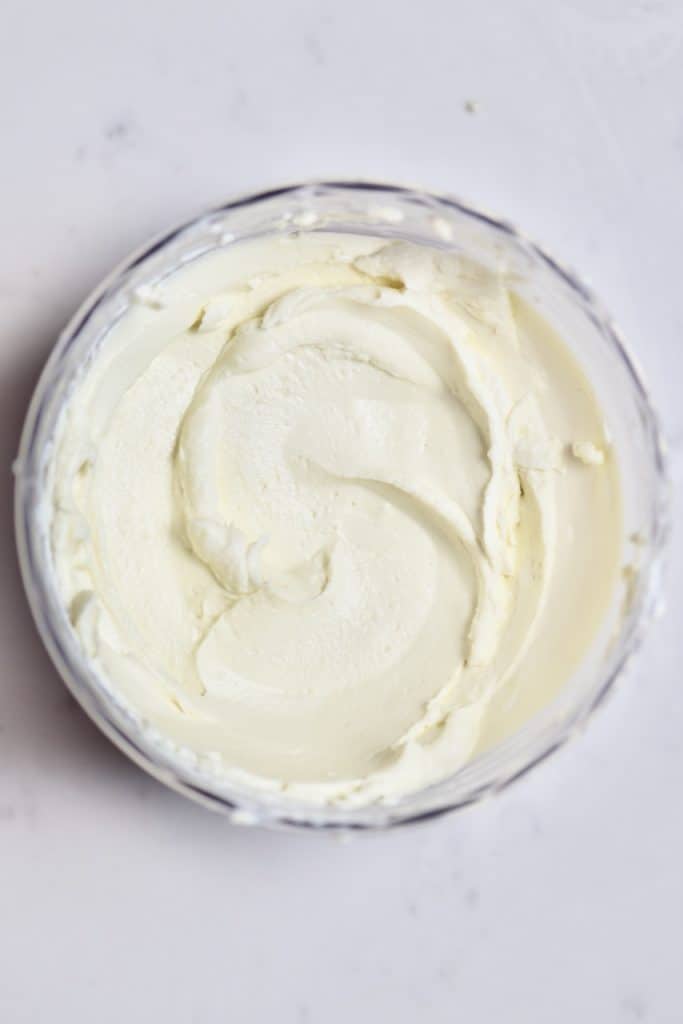
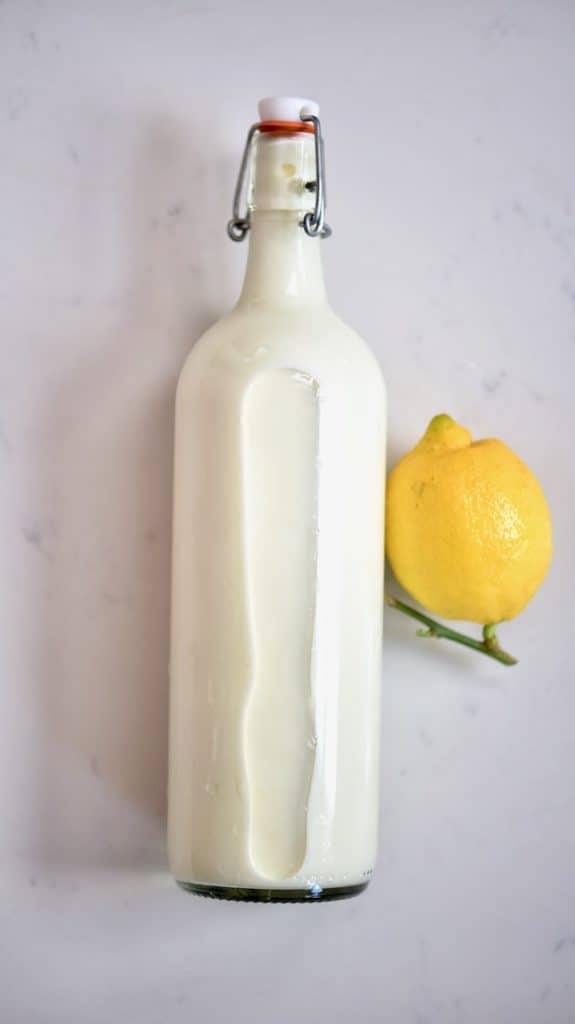
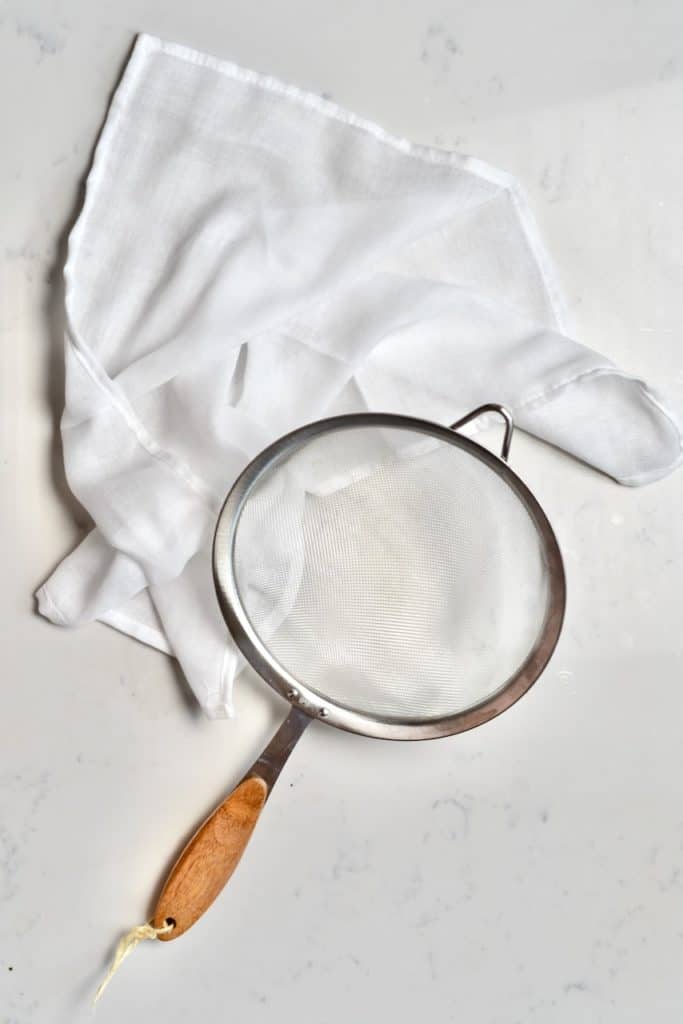
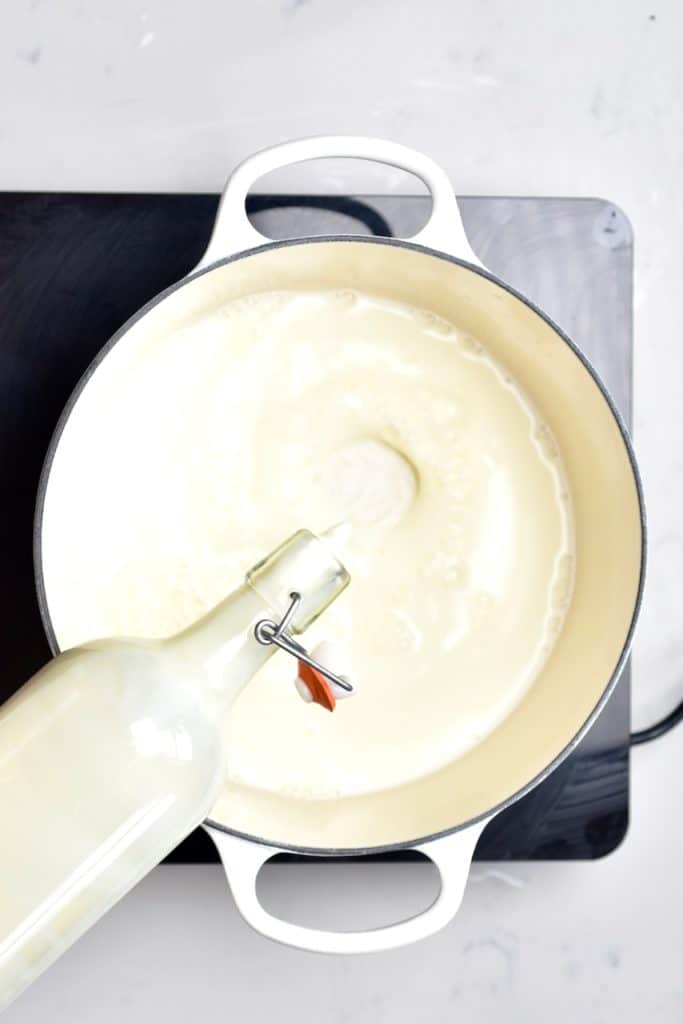
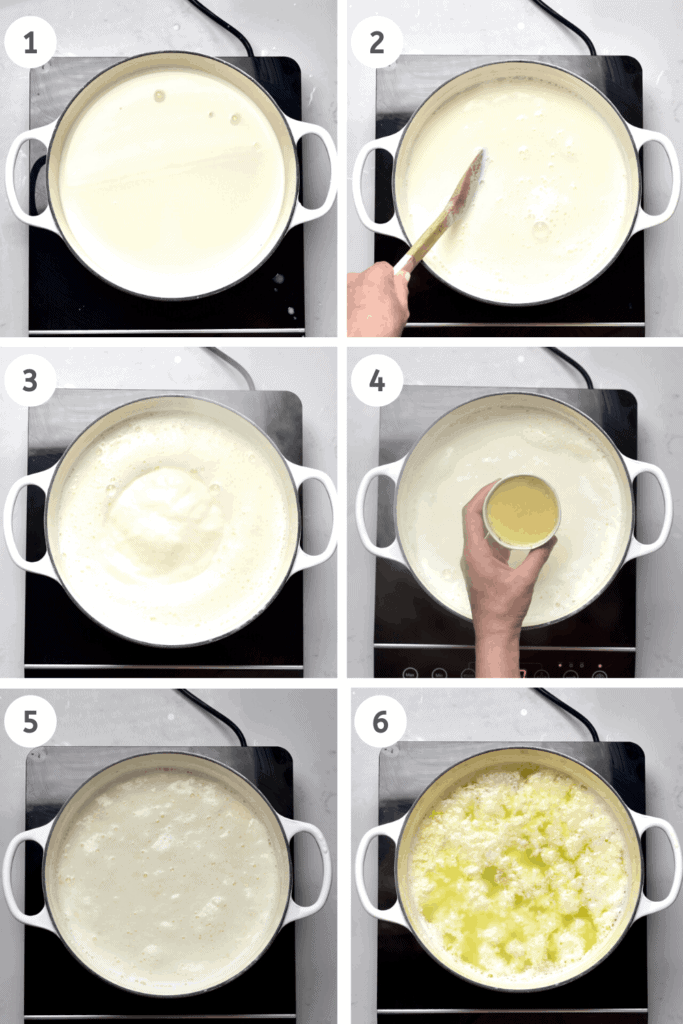
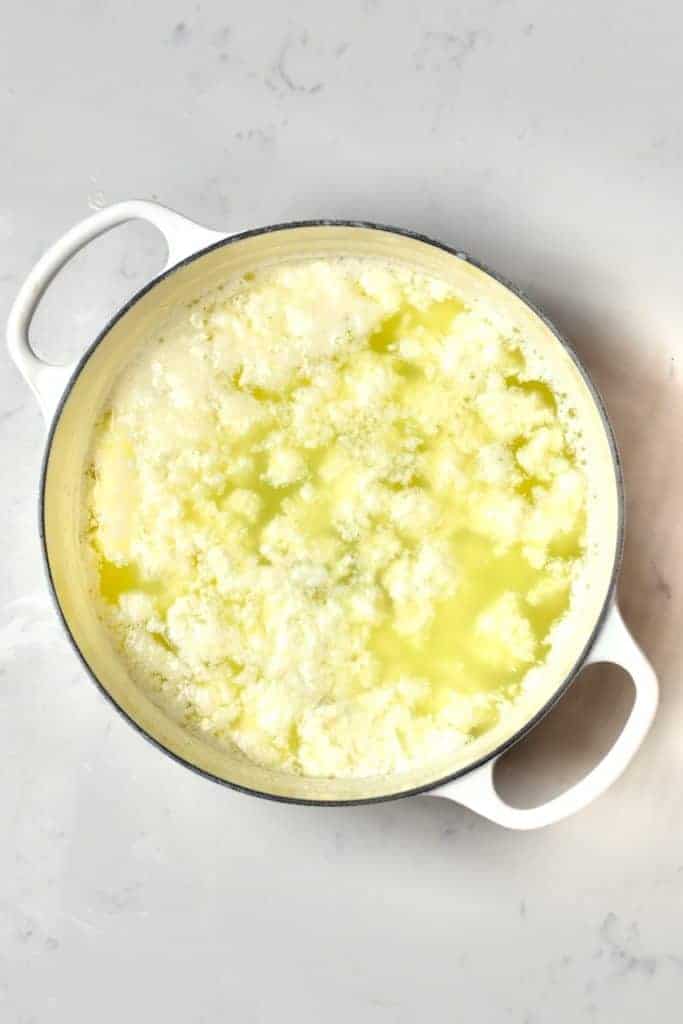
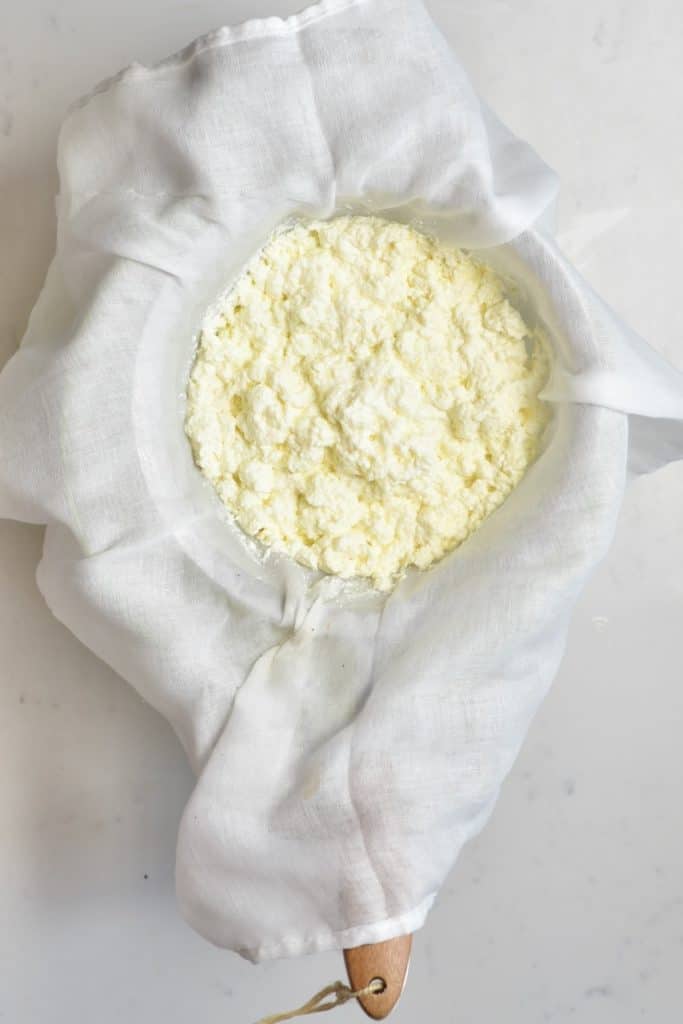
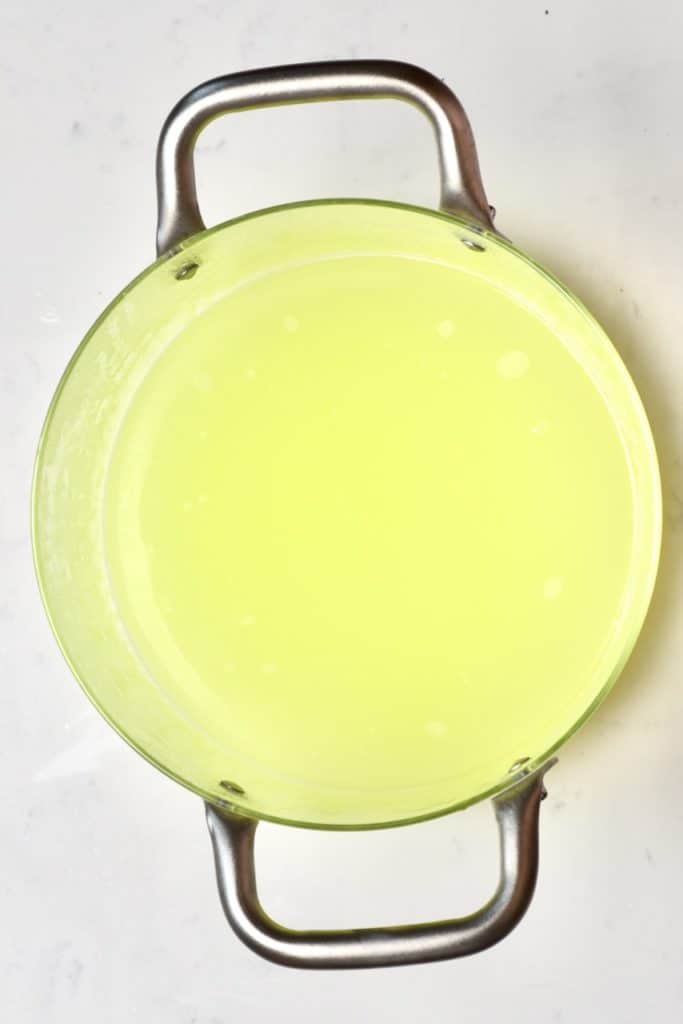
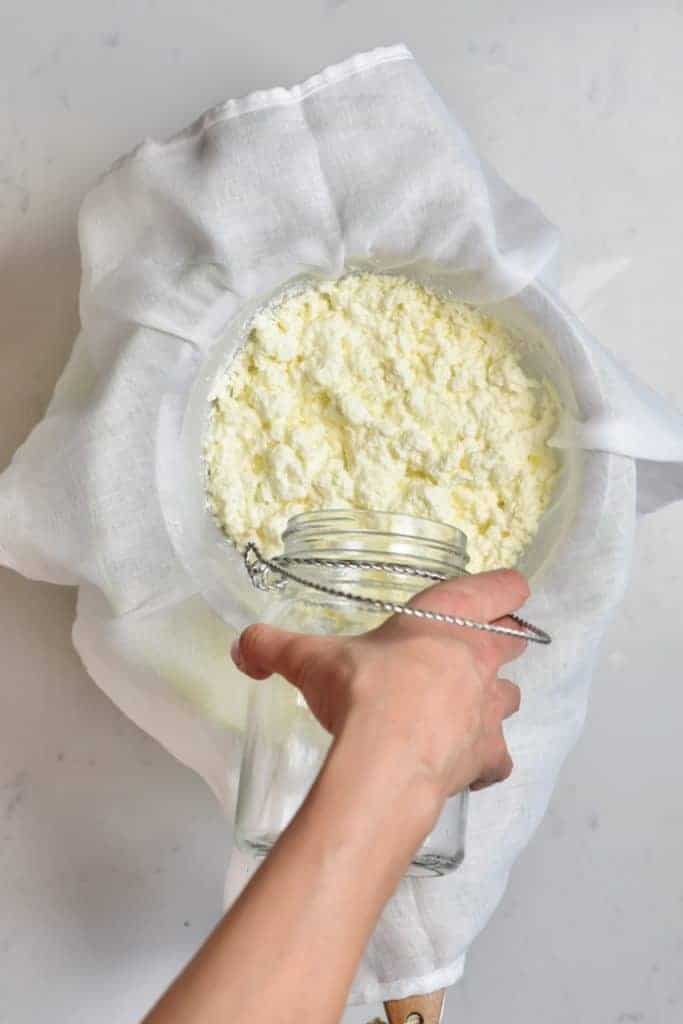
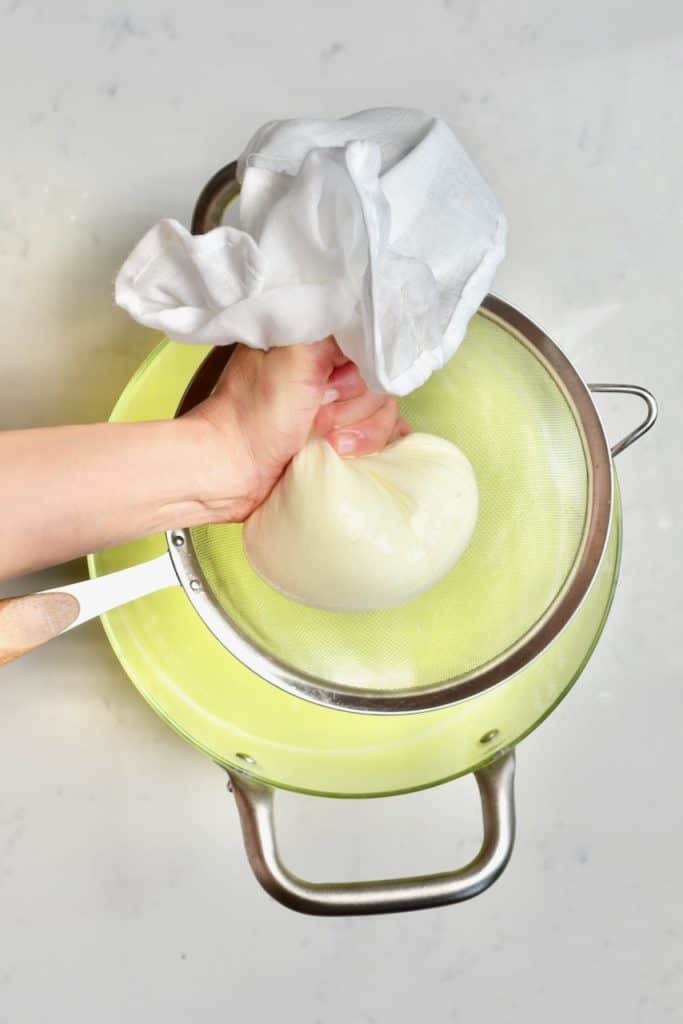
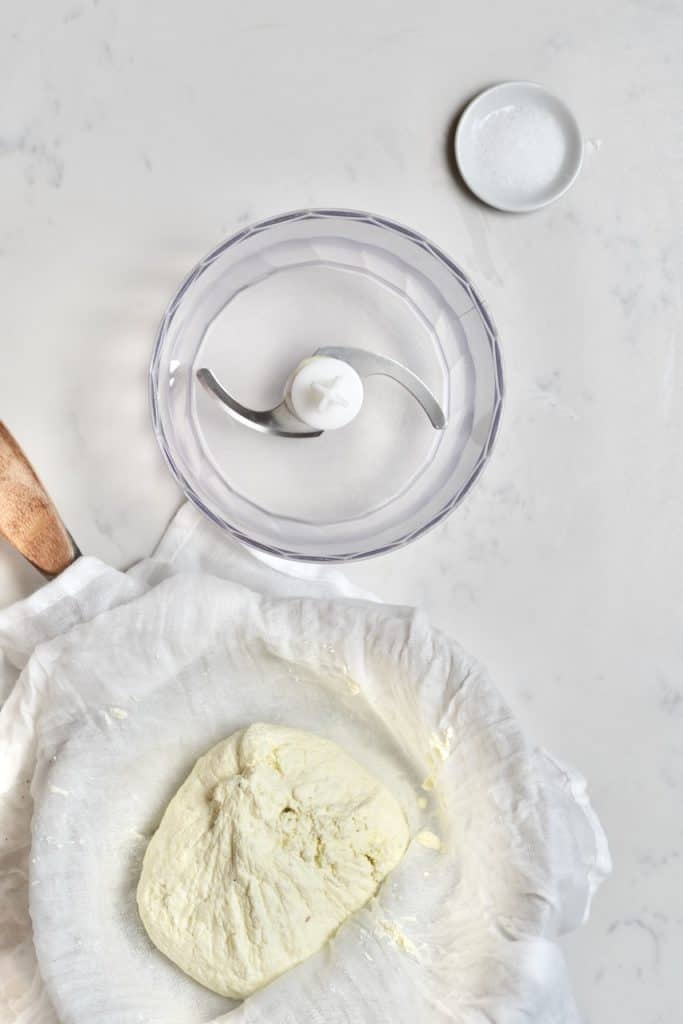
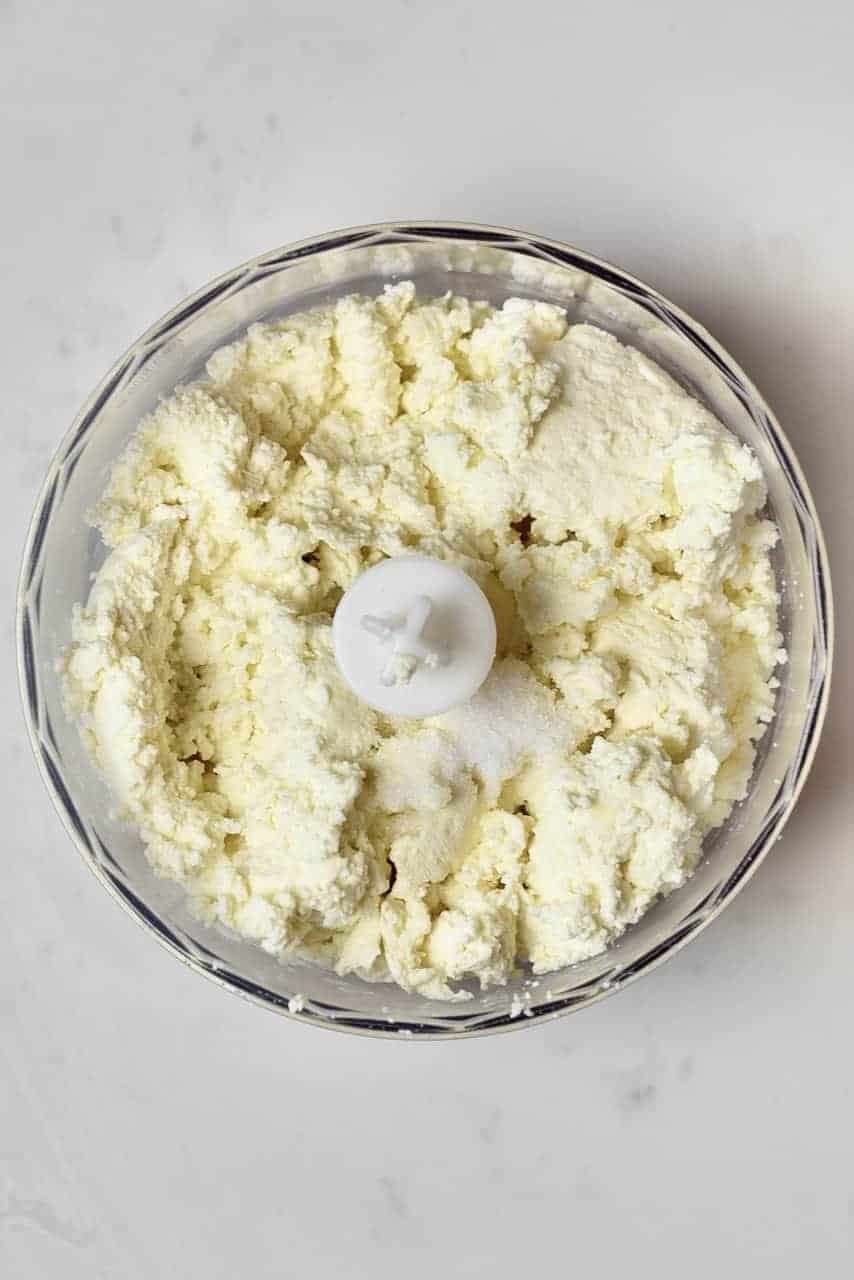
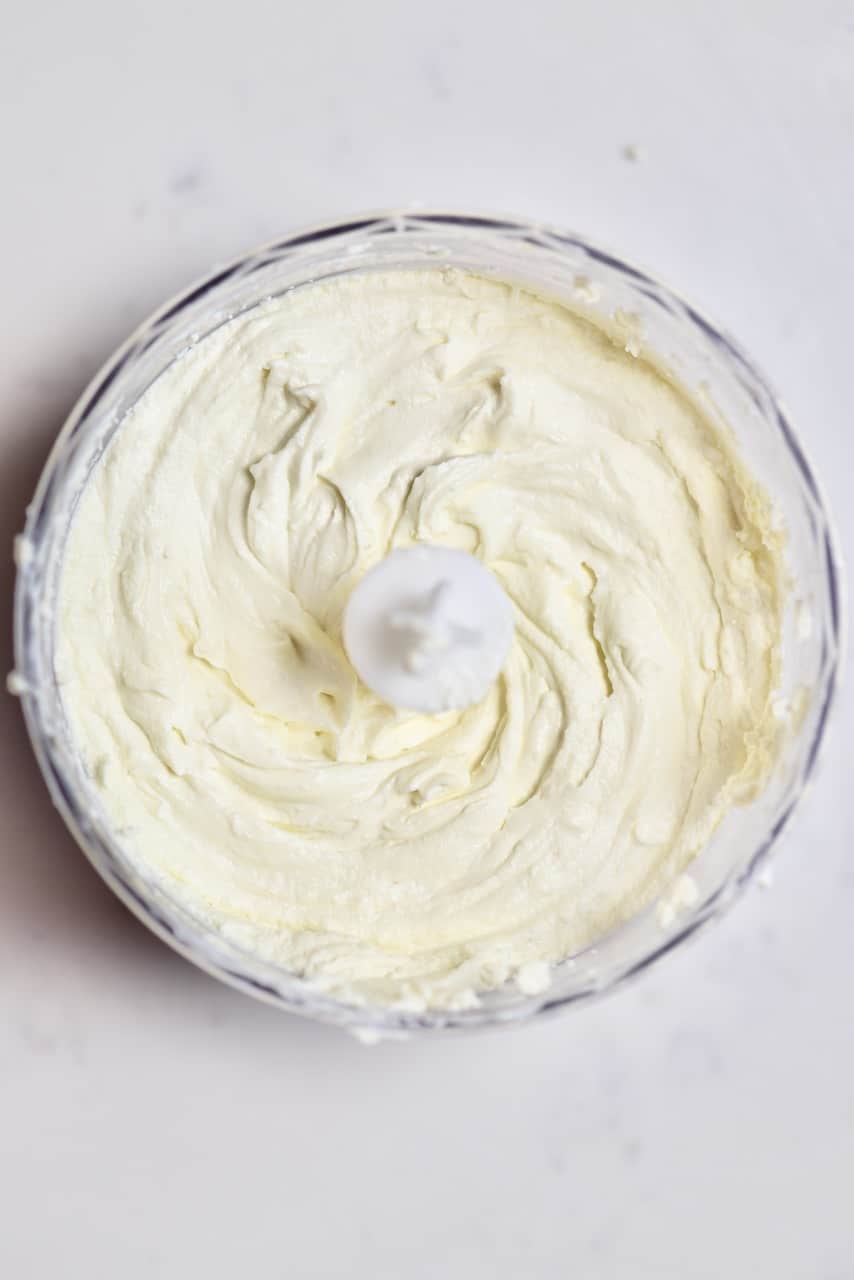
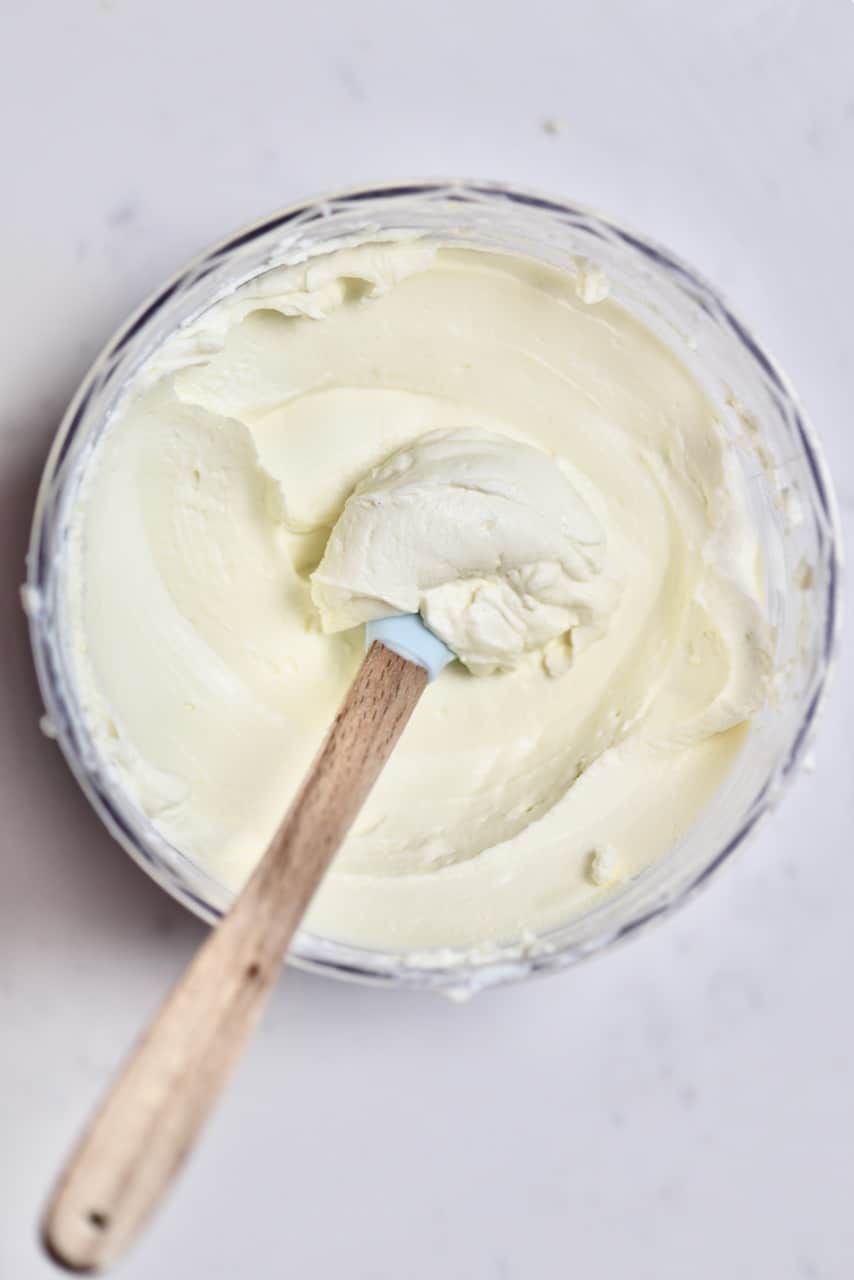
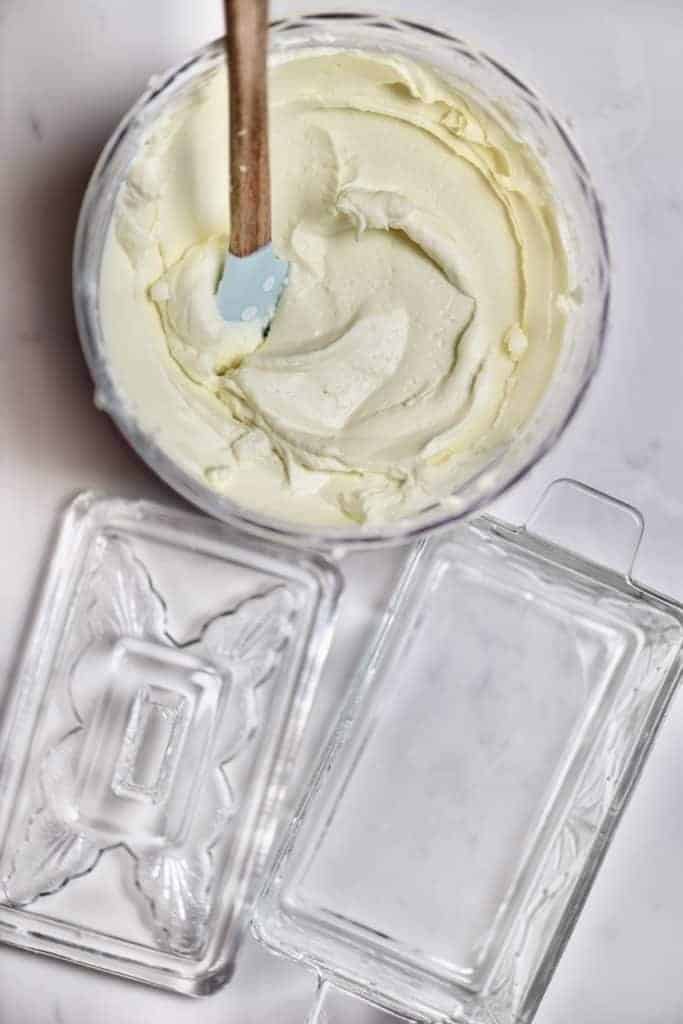
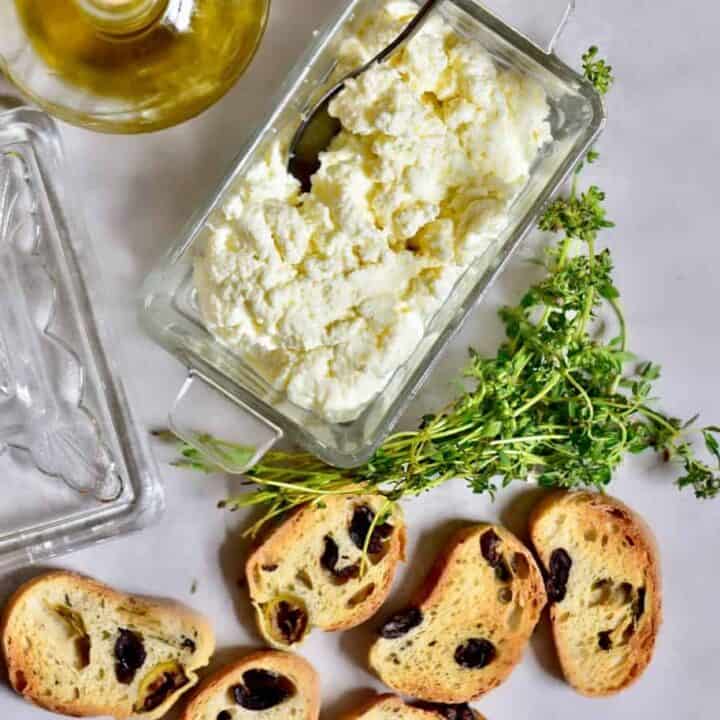

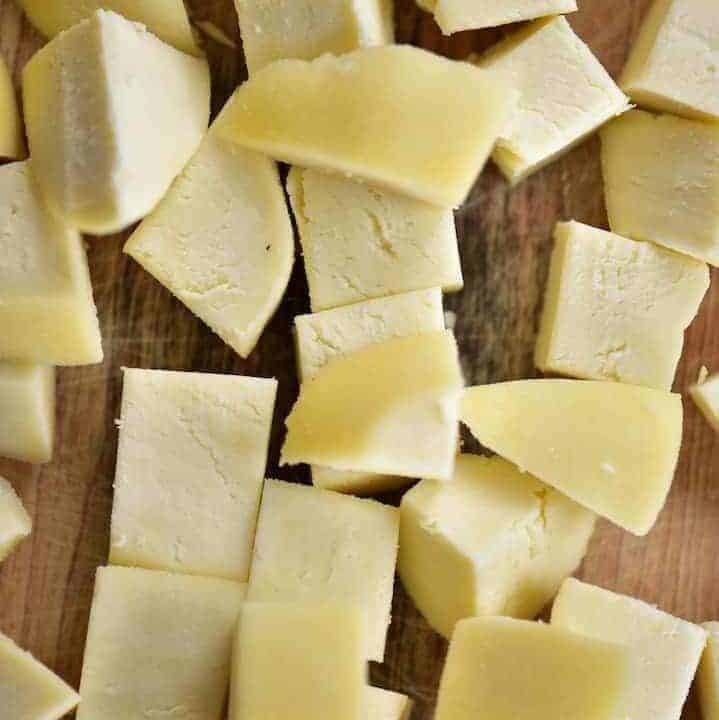
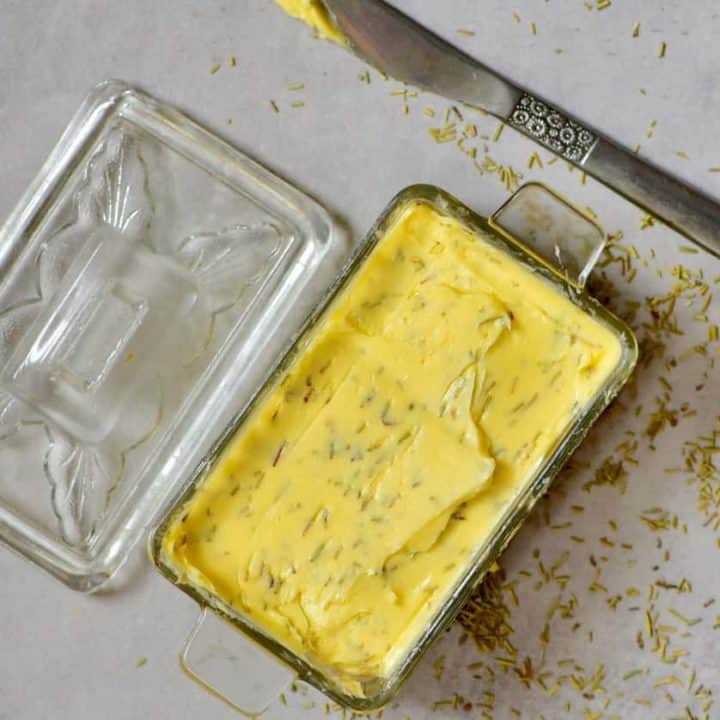
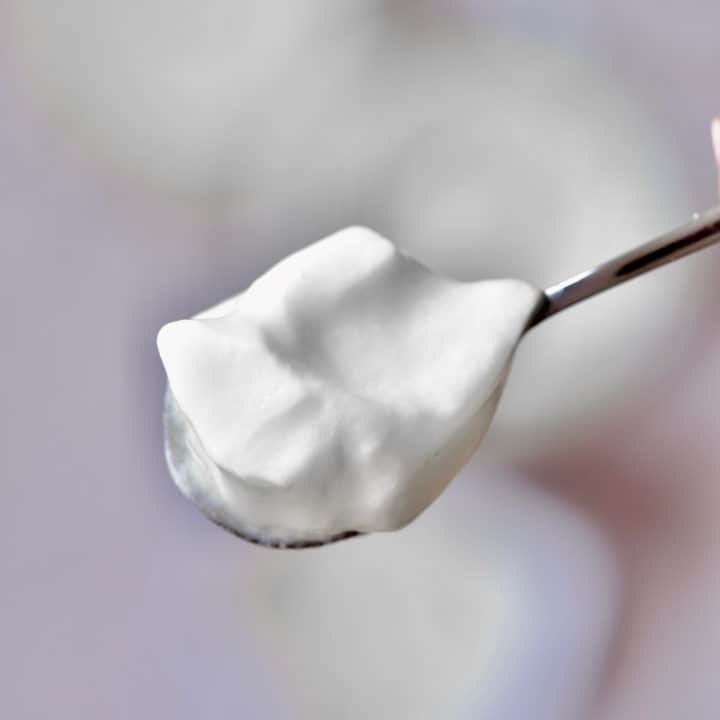
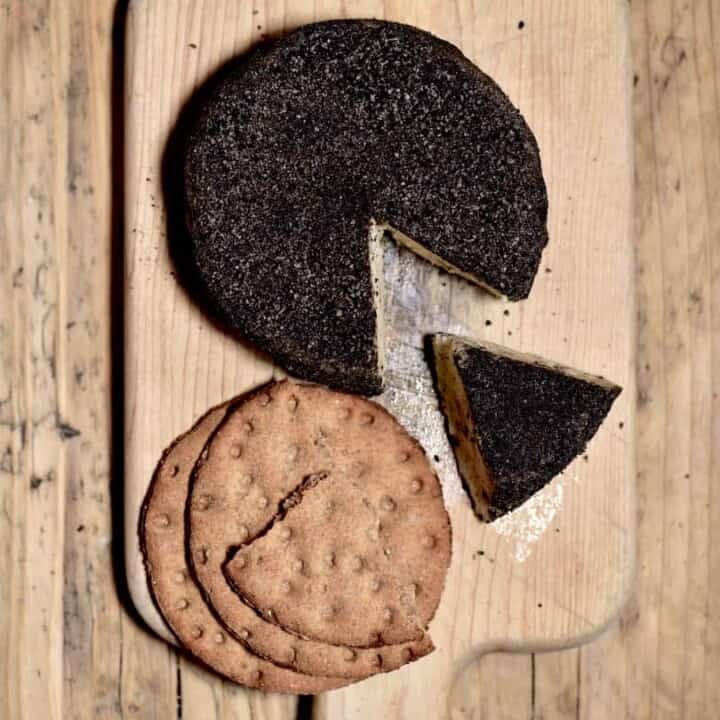

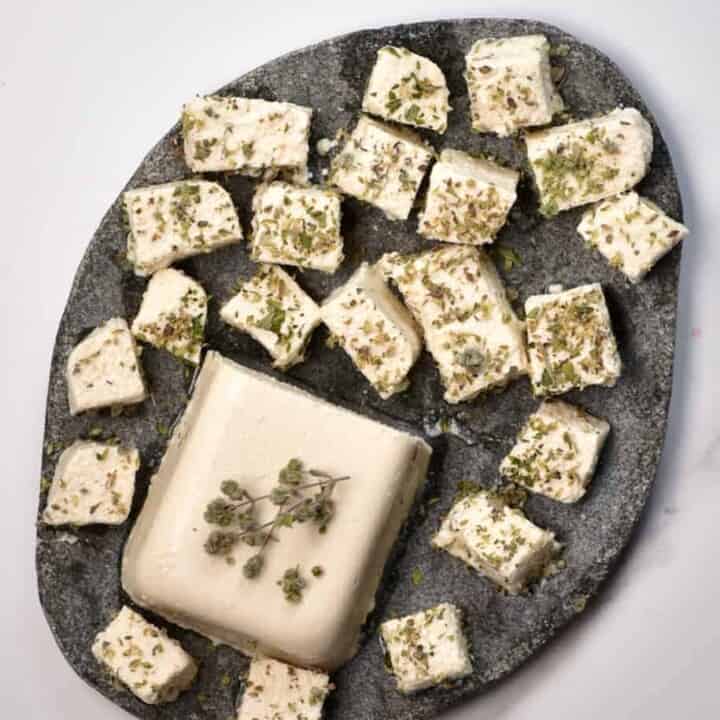
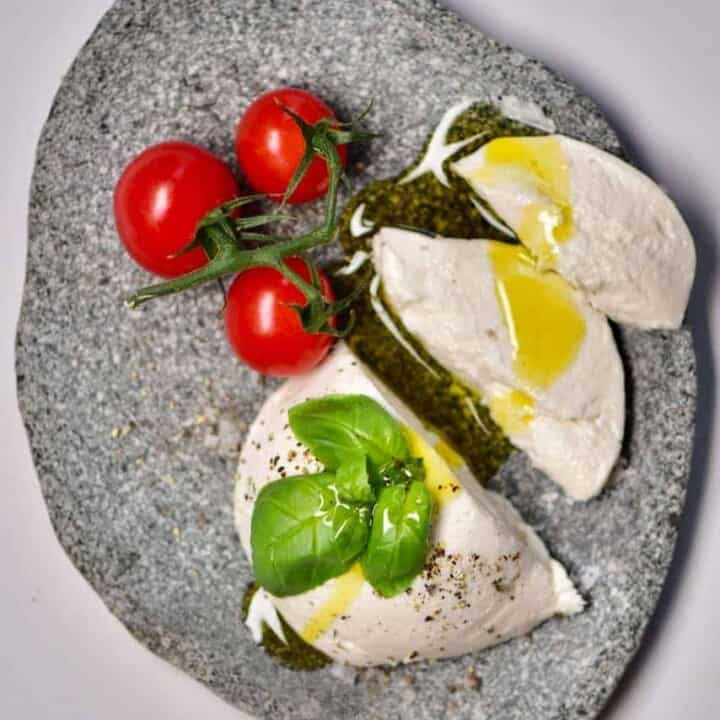
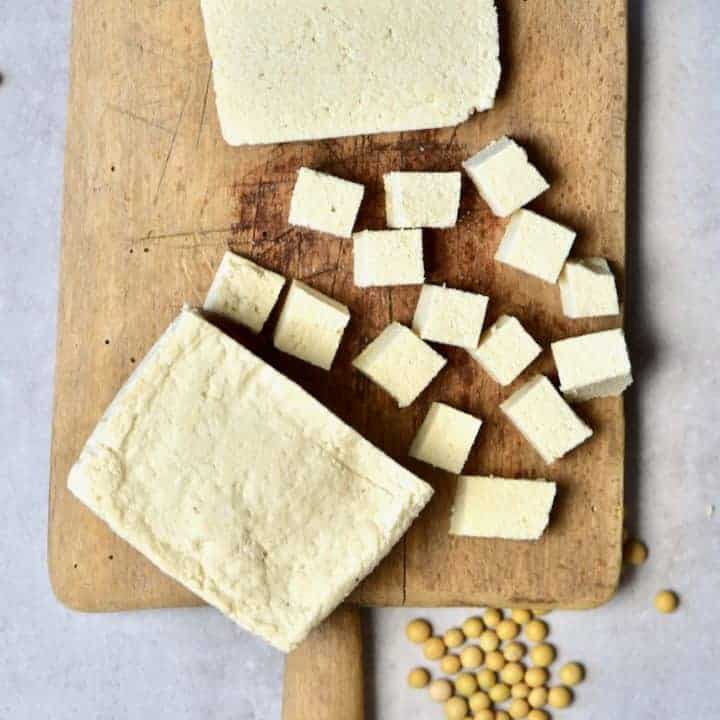









How much cream cheese will 2L or milk yield?
Hi Tanvi,
This should yield around 250 grams.
How do I make sure this cream cheese doesn’t make my frosting runny?
Hi Tash,
what I would do for that is when I drain the liquid out using the nut milk bag, I squeeze as much whey as possible at that stage. That should make it thicker. Hope this helps!
Hello!
I’m in Vancouver Canada.
I never realized how simple this coud be!
I have yet to try to make it,and will do so after your reply.
When you say whole milk ,do you mean 3.25 mf homoginized?
thank you.
Tom
Yes, I think so. It’s referred to differently in different regions, but I mean the full-fat milk variety available, so yes 3.25 MF homogenized should work well. Enjoy your cream cheese! 🙂
Hi, the recipe looks very easy to make. Are you able to tell me the nutritional values, please? Thank you.
Hi Ricko,
The recipe yields 1 cup of cream cheese. That’s 16 tablespoons, so a serving of 1 Tbsp is estimated to have 78kcal. I hope this helps.
Can I half the recipe? I don’t need this much cream cheese
Yes, of course – I hope you enjoy your cream cheese! 🙂
Hi.
Did everything and will not curdle. Milk is fresh. Put it back on stove
What next?
Thank you
Anne
Oh no! what type of milk did you use? Usually, I’d suggest adding a little more coagulant, to see if that encourages the curds to form. However, if may be down to milk choice.
How well would 2% work
Hi Jordan,
If you use fat-free or low-fat milk, the milk might not curdle at all and you won’t obtain cream cheese.
Hi! i just made my homemade creamcheese but it turned out very rubbery after blending in a food processor. May I know how to make it smooth? I threw away the liquid whey already 🙁
Thanks
Hi Camila,
Sorry to hear that. Adding a splash of milk or cream when blending should help soften the texture. Add first a bit, 1-2 tablespoons, and increase if needed. I hope this helps.
LOVED IT!
Cost me about 4$ to make 500gms cream cheese here in India, where cream cheese is not only hard to find (near impossible in a small town like mine), but is available at 3x-5x this price for processed stuff.
Was familiar with the process since we sometimes make paneer at home (as y’all know, paneer is waaaaaaaay more common here in India), but I liked the detail provided via pictures and text which can offer crucial insight to beginners.
I used 4l of milk (raw, water buffalo milk to be precise – perks of being in a smallish city/town in the “developing world”) and 150ml lemon juice to get 536 grams of paneer which I churned with ⅛ tsp salt to get my 500gms of cream cheese (the rest is stuck to my grinder vessel). I did a pretty thorough job draining and straining to remove whey. That, coupled with the fact that Buffalo milk has more fat than most other varieties, and that I used it raw (didn’t even do the self-pasturisation we normally do before consumption at home), I got some REALLY THICK cream cheese without having substituted part of the milk with heavy cream or “half-in-half” (or whatever other nonsense you yanks use ).
Planning to use it for a cheesecake which I’ve longed to make, but I was foiled by the lack of availability of a springform pan and ingredients like cream cheese and sour cream.
So, thanks again. I really appreciate this.
Cheers!
Thank you so much for your comment! Glad you are happy with the recipe.
I actually just did this recipe with 2% pasteurized milk and it worked great! I love the taste and texture but just missing that slight tang of cream cheese. Is it the milk I’m using? Does whole milk provide that tang?
Hi Van,
For more of a tang, you could try using vinegar. I hope this helps.
My milk gets delivered fresh from the farm each week. I love that the milk man still delivers in 2021! Farm fresh, grass fed, half the price of the stuff in the grocery store.
*when you say “for more tang try using some vinegar” are you referring to coagulation (instead of lemon) or after it’s creamed?
Hi Dave,
It’s amazing that you get your milk delivered 🙂
I was referring to coagulation (instead of lemon). I hope this helps.
Hi! How many grams of cream cheese does this recipe yield?
Hi Kulsoom, This yields about 250 grams.
Never mind!! It worked!
Glad to hear it worked :). Hope you liked it :)!
My milk does not curdle and I followed every step.. what could be wrong?
Hi Olive, it could be maybe because the milk could be a bit old? or the temperature? when it doesn’t curdle with me, I bring it back to heat for a bit and that does the trick!
i did this as well as all the other troubleshooting. BRAND NEW milk and cream, organic with no additives. not the high temperature pasteurized stuff, i am using fresh organic normal ingredients. first go round as per instructions, nothing. ok. took it back up to a simmer, stirring constantly. repeat repeat. let it sit for a bit to cool down. nothing. brought back up to a simmer. NOTHING. did it again. NOTHING. put it in the fridge overnight. STILL. NOTHING. in the end, i used double the lemon in an attempt to make it curdle. nothing. i’m so frustrated and p/od that i wasted all that pricy milk and cream.
So sorry to hear that it didn’t work. Just to make sure – what milk did you use? If you use fat-free or low-fat milk, the milk might not curdle at all and you won’t obtain cream cheese. Just using full-fat milk works great to make the cheese cream, you don’t necessarily need to add cream.
I hope this helps and you give the recipe another try.
Hi
I do a lot of baking for my daughter’s coffee shop in Lancaster and have BIG problems with cream cheese frosting. Every time I add the icing sugar the frosting goes runny or the frosting curdles. Reading about cream cheese, I think that the varieties we buy in England are too soft with too much liquid. So thought I might make my own as I need a firm cream cheese for frosting. Would you suggest using only double cream and squeezing out as much liquid as possible? Please help as I am at my wits end with this frosting.
Thanks and hope to hear from you soon.
the only thing you have to worry about when straining the cheese/ leaving it to press is that you don’t do it for too long that you end up with paneer instead of fluffy cream cheese- but otherwise, yes, the more you strain it, the thicker it should become and hopefully then hold up. For the frosting I would try to have it be a consistency that is slightly harder than Philadelphia spreadable cheese 🙂 Let me know how it works out for you 🙂
Wow. Perfect cream cheese and so fast and easy. Thank you!
I am glad you liked the recipe, AnnMarie. Thank you for your comment 🙂
I saw recipes for cream cheese using yogurt. I plan to try both. Cream cheese can be frozen and to return it to creaminess, let it drain, squeeze the liquid out using a cheesecloth or tea towel, then whip it up, good as new.
Thank you for your comment, Bambi.
I have the same problem. Did you try it in the end?
I would be interested if you have found a solution to the problem. I was brought up with the bricks of Philly, and since moving to England and only having access to the soft cream cheese, have had to quit making certain recipes. Cheesecake I can just about squeak, but they are not the same consistency. Cream cheese icing needs far too much icing sugar in it to keep it stiff which destroys the taste.
I am wanting to make Kolacky to a family recipe and I need the firm cream cheese to make the tender, flaky dough..
After trying a double cream, whole milk, and mesophilic aroma B starter culture in one batch, in order to achieve that firmness that wasn’t achieved with the 24+ draining, there needs to be additional steps.
Upon further reading, it looks as if, calcium chloride and and rennet are going to have to be used. The calcium chloride will produce a much firmer curd, and the rennet to help separate the curds from the whey.
While soft cream cheese has its uses – as spreads, I find they don’t work well in icings – as you have found out – in dips, or in pastry dough.
This recipe seems as if it will produce a very creamy, soft spread, but not the firm brick consistency we both need.
Hi Marri,
Thank you so much for your comment. Indeed, this yields a softer, creamy spread.
Up until step 7, I could have sworn I was making Paneer (Indian cheese ) And then i tried the food processor and got some lovely smooth whipped cream cheese to asked over hot fresh bagels.
Great easy recipe for cream cheese in no time at all. I live in the rural part of my state and am able to obtain fresh raw cow and goat milk, and that gives such a fantastic taste to cheese, cream cheese, ricotta, etc. My neighbor one ranchette over from me has a small dairy operation for cows and goats, so i just get over there early in the morning to get the milk before he processes it. If you can obtain raw milk for this and other cheeses, I credibly recommend it.
Thanks again!
It’s quite funny how similar lots of the cheese-making processes are apart from one or two steps. That sounds lovely – I’ve actually never tried it with raw dairy as it’s quite hard to source where I am but thanks for the tip! 🙂
I did it right away its was so simple n easy perfect kept it in d fridge now will see tomoro morning how it looks
Hi Radha, Great to hear :-). I hope you enjoyed it!
Can I use it for making cheese cake?
Hi Bame,
Yes, you can use this cream cheese when making a cheesecake. Maybe don’t put too much salt when making the cream cheese so it’s easier to adjust the flavours for the cheesecake.
How much cream cheese does this recipe make in grams,
I read you have written 1 cup but little more specific would help
Hi Leena,
The recipe makes about 225 grams of cream cheese. I hope this helps.
Hi
Can I use the homemade cheese for pizza
Hi Priscilla,
You should be able to use the homemade cheese for pizza. You can strain the cheese as much as possible to get all the liquid out.